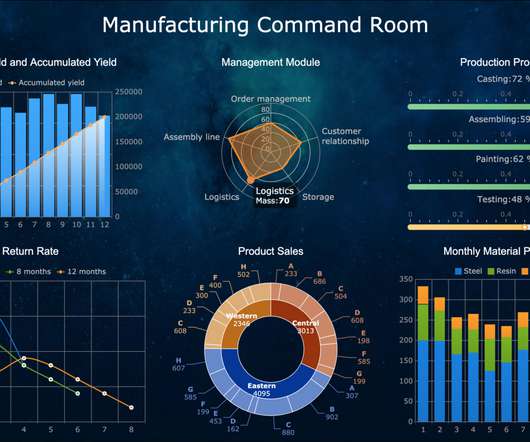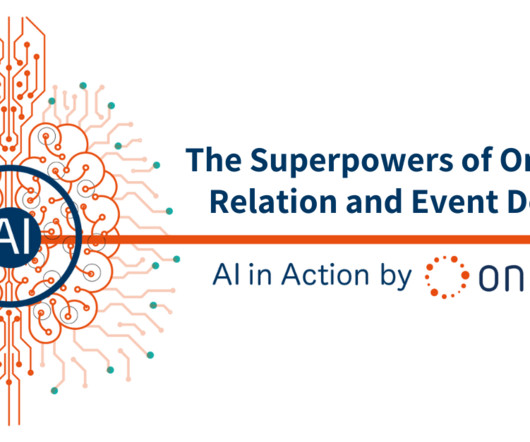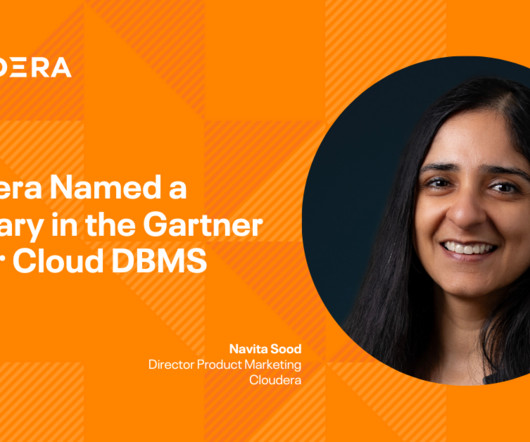How to get powerful and actionable insights from any and all of your data, without delay
Cloudera
SEPTEMBER 17, 2020
They were not able to quickly and easily query and analyze huge amounts of data as required. They also needed to combine text or other unstructured data with structured data and visualize the results in the same dashboards. You can link dashboards and have them depend on each other.




















Let's personalize your content